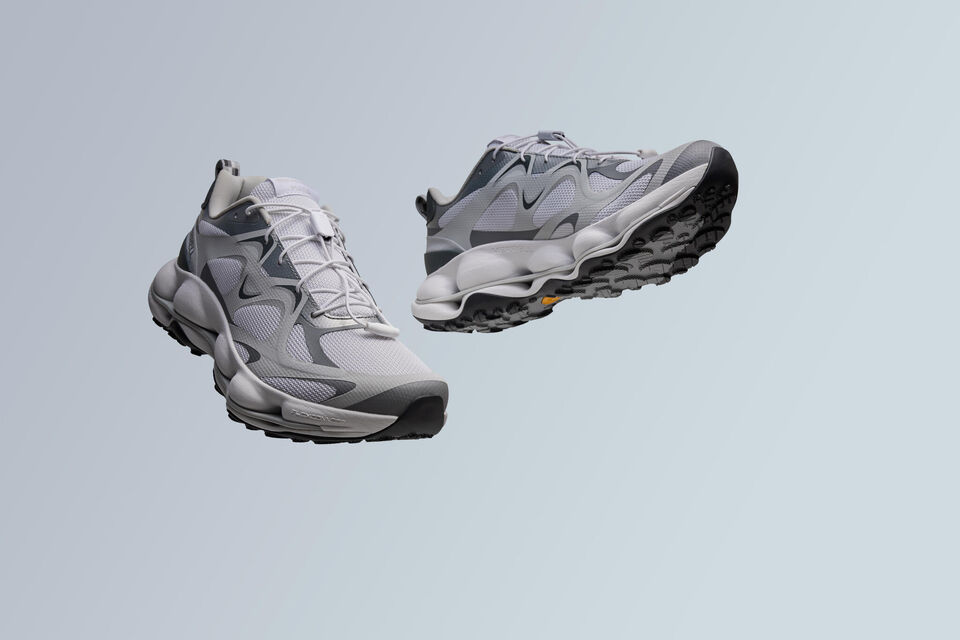Tack Niklas för länken. Men det är väl tvärtom?
"STATIC LOADS
SPOKE TENSION
Spoke tension is the primary static load in the wheel. In a 36-spoke wheel the
force of spoke tension compresses the rim with a force of about a half ton (see
Equation 7 in Part III). Total tension depends on the number of spokes and their
individual tension. Spoke tension and the compressive force in the rim are
directly related, and changes in one affect the other.
TUBULAR TIRE PRESSURE
Although spoke tension is the principal static load on the rim, tubular tire
inflation has a similar effect. When inflated, the tire becomes fatter and shrinks
in circumference. The resulting force depends on the tire cross section, cord
angle and inflation pressure. A tubular racing tire, inflated to 0.86 MPa, for
instance, shrinks with a force of 300 N (see Equation 8 in Part III). Its effect on
spoke tension can be detected with a tensiometer.
Cords in a typical two-ply bicycle tire lie at 90 degrees to each other and at 45
degrees to the length of the tire. When the tube- shaped casing is inflated, it tries
to expand and become fatter. In expanding, the cords move scissorlike becoming
closer to parallel. As the cords try to shorten the tire, air pressure also tries to
stretch it, so that an equilibrium angle of about 3 5 degrees is reached where the
cord angle and lengthening effect are in balance. Hoses designed not to change
length with pressure have this 35 degree angle built in.
CLINCHER TIRE PRESSURE
For clincher tires (used on most bicycles), air pressure in the tube pushes inward
on the bed of the rim while the tire bead pulls outward on the hooked rim edge.
These two forces cancel each other exactly; only the effect of the cord angle, as
in tubular tires, causes a net inward force. That is, the bead does not pull out as
much as it would if the cord angle force were absent, so the inflation force is not
entirely cancelled by the bead pulling outward. For a specific tire cross section
and cord angle, the constriction of clinchers can be computed by treating them
as tubular tires and subtracting the open part of the tire casing.
Because measured spoke tension changes from tire pressure only to the extent
of cord angle effects, it is apparent that the steel or Kevlar beads of clincher tires
are not what support radial forces on hooked bead rims. The primary holding
force comes from the clinching effect by which the bead of the tire is locked into
the hooked rim by inflation pressure. To verify this, the steel bead wires of a
high-performance tire were cut. After inflating this tire to operating pressure,
it remained on the rim. This test was prompted by the observation that even tires
that require great force to be stretched onto a rim, will lift off it and their tubes
will explode if their beads are not properly seated in the hook on the rim."
Thure
CLINCHER TIRE PRESSURE
...Because measured spoke tension changes from tire pressure only to the extent
of cord angle effects...
Då får alltså en viss effekt av cord-vinkeln även på kanttrådsdäck, så vitt jag kan förstå.
/Niklas


